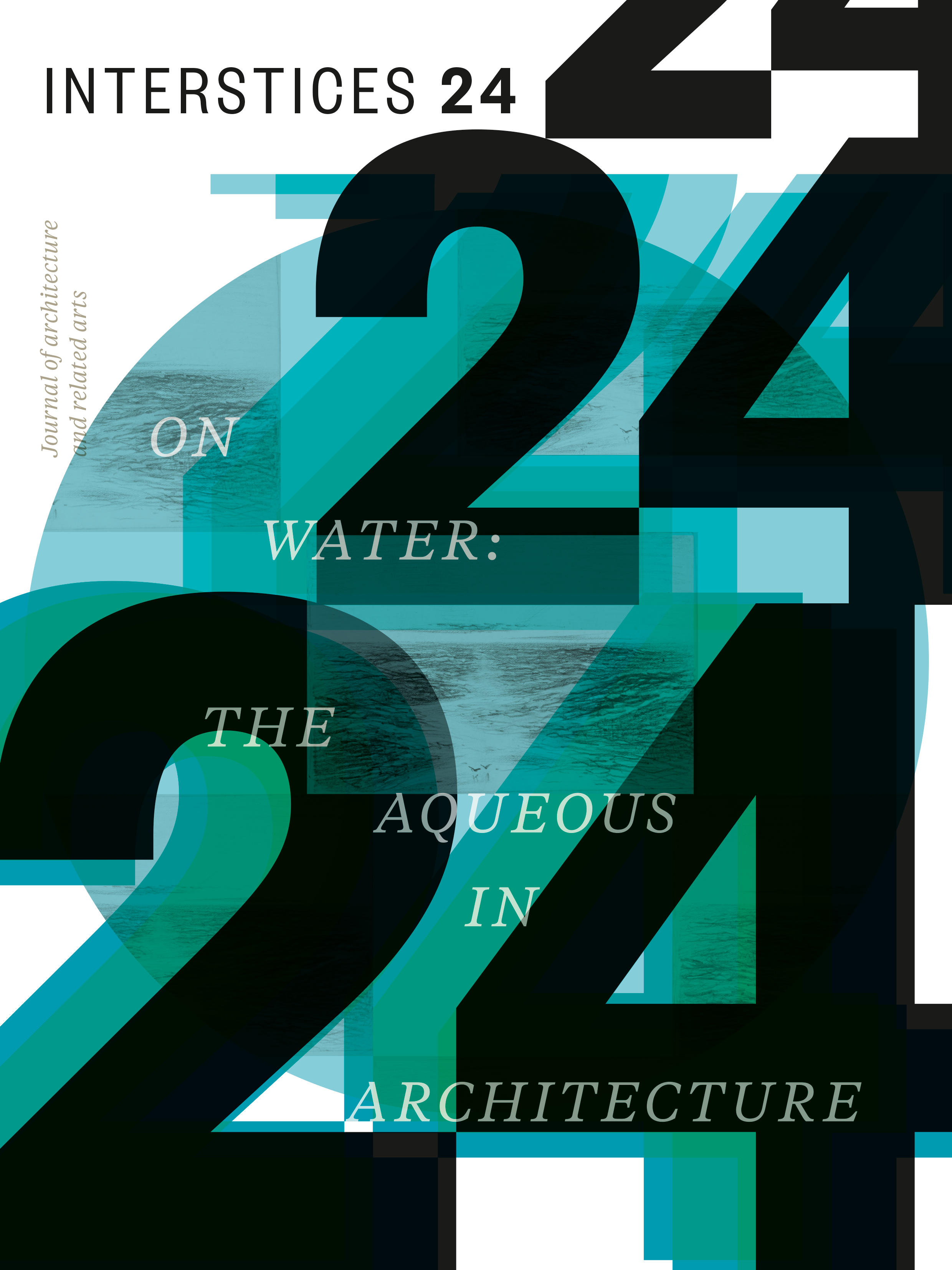Flows to bytes: Digitising naval space
Abstract
Tracing the post-war tentative steps towards digital computation taken by the Royal Navy’s research arm, the Admiralty Experiment Works (AEW), this paper examines the contemporaneous and intertwined introduction of electronic computers and an aqueous architecture for ship-model manoeuvring trials. Narrated is a history of architecture’s nexus with water and computation, which articulates what is suggested to be a dialectic reformulation of experimental practices that facilitated computers’ transition from calculators to simulators. Positing the translation of modelled behaviour into computable entities as a process shaped by the material contingencies of architecture’s interface with water within the AEW’s mediatic apparatus, this paper reconstructs in detail the recording techniques and documenting technologies that made a digital space of naval experimental simulation possible. By means of a forensic archival inquiry into dead media objects and their evolving operationalisation within the AEW, this essay argues for the historiographic significance of maintaining architecture’s embeddedness in larger technological systems. Telling a story of flows being translated into bytes and of simulation technologies—architectural and computational—being re-codified as digital information, this paper also offers a tale of architecture’s agency viewed through its relational operations within a system comprising space, data, and water.


